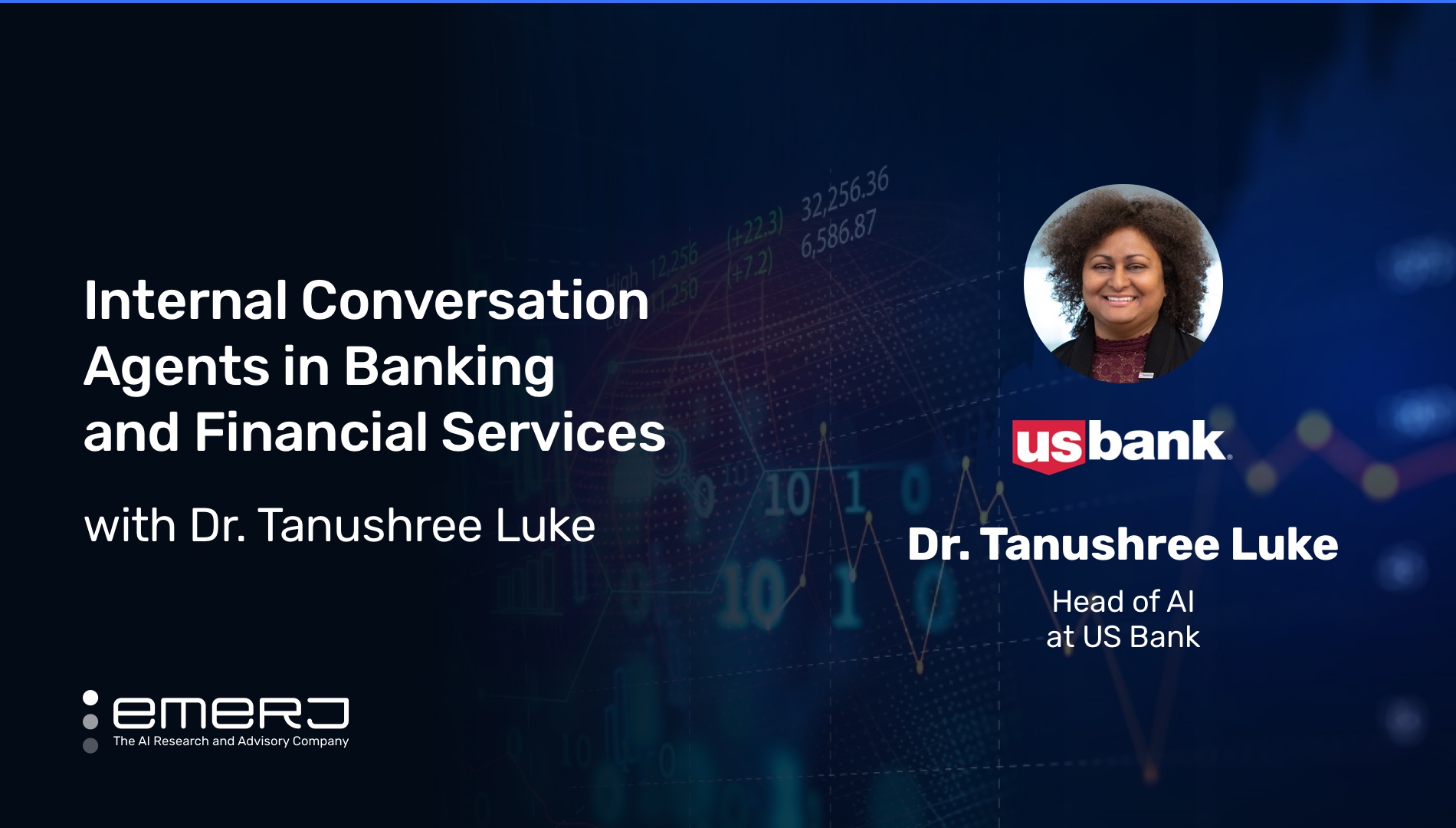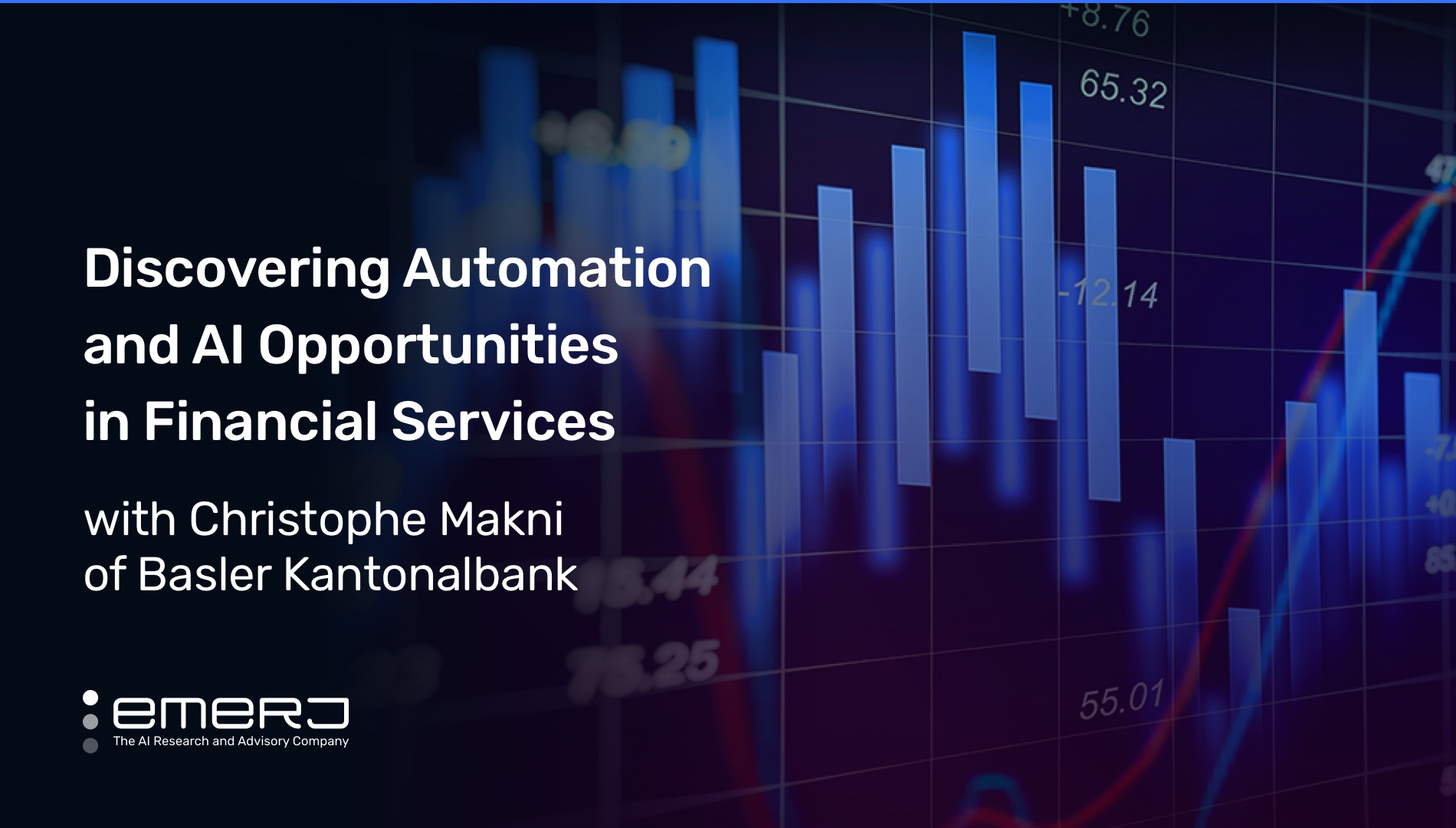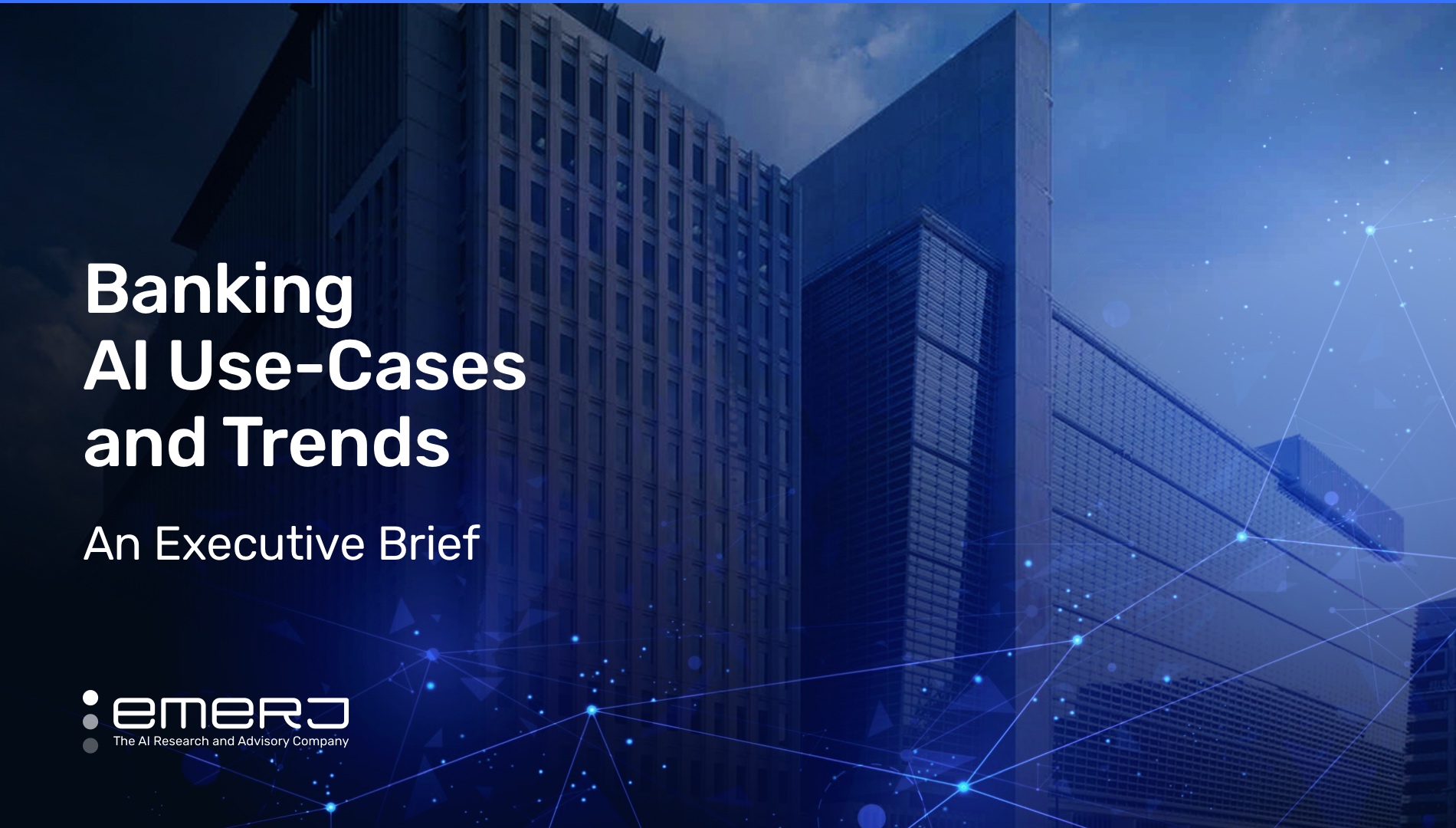Internal Conversational Agents in Banking and Financial Services – with Dr. Tanushree Luke, Head of AI at US Bank
In the wake of COVID-19, conversation agents remain a huge focus for financial institutions looking to maintain and winning market share through a seamless digital experience for the customer, not to mention cost savings in branches and personnel. Though that interest is growing far beyond customer experience with the promise of spare banking use cases hinting that conversational AI can also help streamline internal processes between departments for employees.
These trends both large and small are teeming underneath the rush for many companies to quickly adopt customer-facing chatbots, which became a defacto “toy AI” application for many sectors in the last three years. As larger financial institutions flex their influence over markets, new metrics and standards are surfacing into strategy conversations of corporate boardrooms everywhere and revealing hidden opportunities.
In a recent conversation with Emerj CEO Daniel Faggella, then-Head of AI at US Bank Dr. Tanushree Luke speaks to how the analytical insights from conversational AI are leading companies to invent new metrics. (She has since departed US Bank to begin her tenure as Chief Strategy and Innovation Officer at the Securities and Exchange Commission.)
She shares in-depth perspective on the thinking, variables, and inputs behind tracking “dollars of saved time” between customer and agent interactions.
- Routing agents to leverage human presence: By tracking sentiment and intent, businesses can develop custom metrics to identify more urgent customer needs so agents can focus on high-priority issues that truly require human attention.
- Empowering specialized agents to identify use cases: With reduced time spent verbally categorizing customer needs repeatedly, tagging and NLP also allows agents to use that extra time to identify opportunities like offering customers reduced interest rates with new products.
Listen to the full episode below:
Guest: Dr. Tanushree Luke, Head of Artificial Intelligence at US Bank
Expertise: Machine Learning, Data Science, Emerging Digital Technology, Non-Linear Dynamics, Condensed Matter Theory, Cybersecurity, Banking and Finance Policy, Compliance and Risk, and International Securities Policy.
Brief Recognition: Before her current tenure as CSIO at the SEC and becoming Head of AI at US Bank, Dr. Luke served as a senior banking executive in the private sector for companies like Capital One. Her strategizing is instrumental to establishing a policy framework for governance and oversight of AI’s fair, responsible, and ethical use in the US.
Routing Agents to Leverage Human Presence:
Throughout their conversation, Dr. Luke routinely underscores the importance of thinking of every conversational channel woven into the customer experience in tandem:
“You cannot think of it just building out a chatbot. You can think of it as an integrated system within a larger servicing either front end back end. But you’re not just looking at natural language processing, you’re also potentially looking at a chat bot potentially also looking at the virtual assistant in combination. You’re also potentially looking at recommendation systems or fraud detection system KYC.”
– Dr. Tanushree Luke, Head of Artificial Intelligence at US Bank
However, building out these systems in concert does not mean less actual human beings in the customer experience categorically. If anything, it means maximizing the human presence where it is needed most: in crisis. After measuring what Dr. Luke refers to repeatedly as “dollars of saved time” in general inquiries, AI tools can now help leverage that saved time into other areas of customer needs based on urgency.
What goes into those “dollars”, and what are they made of? First, Dr. Luke describes the systems comprising their inputs, (“the virtual assistant recommendation systems, or fraud detection system, KYC…”). The resulting data is then is filtered through relevant variables of agent satisfaction, response times, and dollars saved – for the customer, for the business – per the time spend on the call.
Empowering Specialized Agents to Identify Use Cases:
Eventually, Dr. Luke imagines a future where regular and rudimentary inquiries are more often handled by automation, limiting the focus of human agents on complex human problems. With that evolution will come specialization both among use cases and expertise among the agents handling them.
As that expertise grows and agents have increasingly more time to spend on the phone with customers, human agents can discern new customer problems and offer solutions thanks to NLP, tagging, and further historical data collection from prior customer experiences.
Imitating such a conversation, Dr. Luke pretends she’s on the line with a customer: “Oh Dan, here are the use cases you might have, that you talked about last time. But here is something new that I’m seeing that you might not be aware of. So by the way while you’re on the phone, let me tell you about what those are. Did you know that you know you can reduce your interest rate by taking this new or looking at this new set of products?”
Yet mere upsell opportunities in the customer service space represents a lack of imagination for the potential here. The more that opportunities and conversations are tied to real customer problems, based on the data being observed by specialist human agents, the more call center operations can turn dollars of saved time into real and exponential revenues in solving those problems.
In such a way, the era of thinking of call centers as strictly cost centers might be coming to an end.







